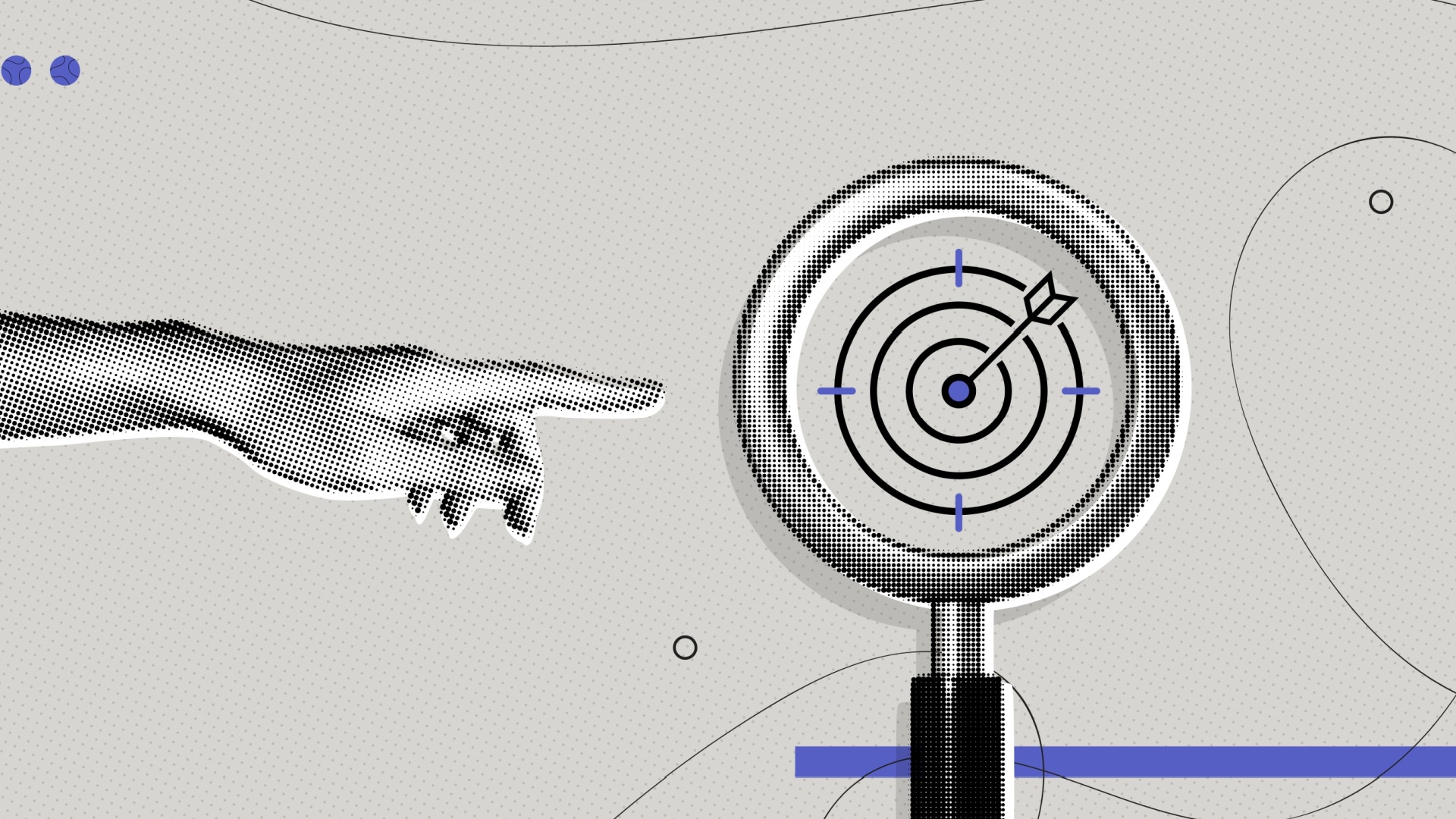Google rolling out mobile search redesign with black “Ad” label, favicons for organic results
The new look brings some branding to the search results, but also preps the results pages for more types of content and actions for users to take right from the search results.
Google is rolling out a new look for Search results on mobile. Announced Wednesday, the update includes a new presentation of text ads and organic listings.
What’s new for text ads? The black “Ad” label that Google has been testing for several months is officially here with this update. It replaces the green outlined label that Google introduced in 2017.
The label now appears at the top of the ad along with the display URL also in black text — above the ad headline for the first time. “When you search for a product or service and we have a useful ad to show, you’ll see a bolded ad label at the top of the card alongside the web address so you can quickly identify where the information is coming from,” said Google in the announcement.
What’s new for organic listings? Organic listings are getting a new favicon treatment, as shown in the National Park Service example below. You’ll notice, the site name and bread crumbs appear in black text next to the favicon and both display above the title link in a similar structure to the new text ad treatment. Prior to this update, the site name and breadcrumbs appeared in green text below the title.
Google has also removed the gray line below the organic titles and ad headlines so each card looks more like a single unit.
“The name of the website and its icon appear at the top of the results card to help anchor each result,” said Google.
How to get a favicon for organic listings? If your site has a favicon, which needs to be a visual representation of your brand, you’ll need to add a <link> tag to the header with specific syntax, which you can find on the help page here. When Google crawls your home page, it will look for and update your favicon.
Your favicon should be a multiple of 48px square and any valid favicon format is supported, but note that Google says that your favicon isn’t guaranteed to show even if it’s set up correctly.
Why we should care. This update sets the stage for Google to continue to evolve the types of content it shows in the search results, including video, hi-res images, 3D objects, and the types of actions it enables right from the search results.
“As we continue to make new content formats and useful actions available—from buying movie tickets to playing podcasts—this new design allows us to add more action buttons and helpful previews to search results cards, all while giving you a better sense of the web page’s content with clear attribution back to the source,” the company said.
As for the ads, text ads in search were the first native ads in digital. That may never have been more true than with this update in which the ad label mimics the placement of the new favicon treatment.
Advertisers, site owners and SEOs will want to be watching for any potential impact on traffic from Google mobile search as this rolls out. The update is coming to mobile first and will be rolling out over the next few days, said Google. During testing, the company said, a majority of users found it easier to identify websites and more than two-thirds said it was easier to scan results more quickly.
Contributing authors are invited to create content for Search Engine Land and are chosen for their expertise and contribution to the search community. Our contributors work under the oversight of the editorial staff and contributions are checked for quality and relevance to our readers. Search Engine Land is owned by Semrush. Contributor was not asked to make any direct or indirect mentions of Semrush. The opinions they express are their own.


